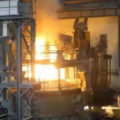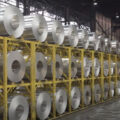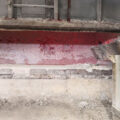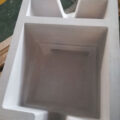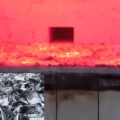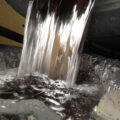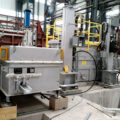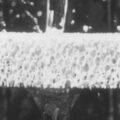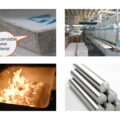There are two sources of aluminum as raw materials: one is electrolytic aluminum (primary aluminum), and the other is secondary aluminum. With the increase in the amount of aluminum and the passage of time, the amount of scrap aluminum will continue to increase. All useful things will be recycled and reused.
Among the metals used in industry, aluminum has the highest recyclability and the greatest regeneration benefit.
Scrap aluminum can be divided into two categories: new scrap aluminum and old scrap aluminum.
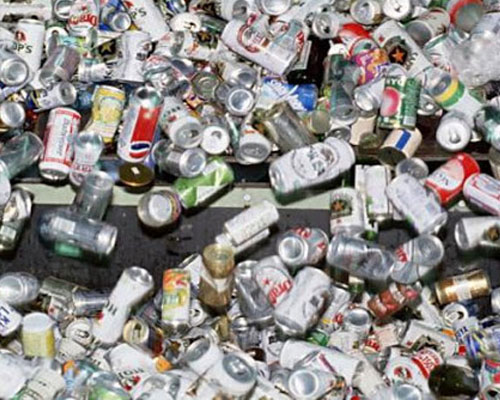
New aluminum scrap refers to aluminum processing enterprises and aluminum castings, the process waste produced by the production enterprises in the process of manufacturing products, and the products with unqualified composition, performance, size, and shape and discarded. These scraps are generally smelted into the original grades or alloys of similar composition grades by the production enterprises themselves. Another part of the raw material processing form is transported to the electrolytic aluminum plant and replaced with the required aluminum ingots or casting billets. When the waste aluminum statistics are used, this kind of new aluminum waste is not counted.
Used aluminum scrap refers to the scrap aluminum and waste castings purchased from the society, such as old aluminum doors and windows, scrapped automobiles, machinery, electrical appliances and aluminum parts in various structures, aluminum containers, aluminum cans, aluminum conductors, aluminum cookware, and various kinds of aluminum tools, etc.; also include the non-recyclable waste, chips and waste parts generated by the company during the aluminum processing and casting process.
The commonly referred to as waste aluminum and miscellaneous aluminum refer to old waste aluminum. Most of them are used to produce secondary aluminum and aluminum alloys, and some of the old scrap aluminum with single composition and low impurity content is used to melt specific aluminum alloys. Waste 1350 aluminum wires and cables to melt 1350 alloys. Scrap cans can be directly smelted into 3004 alloy, and scrap aluminum doors and windows can be used to smelt into 6063 alloy; scrap aluminum with high content of silicon and iron impurities can be made into Al-Si-Fe composite deoxidizer; waste ash can be used to produce aluminum sulfate and aluminum powder, aluminum chloride, etc.

